Rhamnose-containing cell wall polymers suppress helical plant growth independently of microtubule orientation
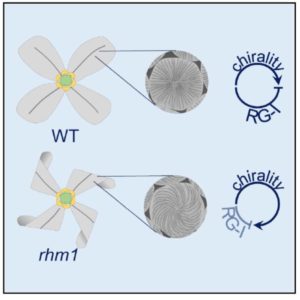 Saffer et al. identified an Arabidpsis mutant with swirled petals and with petal epidermal cells that show a left-handed (but never right-handed) twist. They mapped the mutation to the RHAMNOSE BIOSYNTHESIS1 (RHM1) gene, which is most highly expressed in petal epidermal cells and encodes an enzyme that catalyzes the biosynthesis of UDP-L-rhamnose, a component of pectin, indicating that pectin serves to suppress twisting. The helical twisting does not involve the cytoskeleton, and appears to derive from an inherently chiral component of the cell wall. Curr. Biol. 10.1016/j.cub.2017.06.032
Saffer et al. identified an Arabidpsis mutant with swirled petals and with petal epidermal cells that show a left-handed (but never right-handed) twist. They mapped the mutation to the RHAMNOSE BIOSYNTHESIS1 (RHM1) gene, which is most highly expressed in petal epidermal cells and encodes an enzyme that catalyzes the biosynthesis of UDP-L-rhamnose, a component of pectin, indicating that pectin serves to suppress twisting. The helical twisting does not involve the cytoskeleton, and appears to derive from an inherently chiral component of the cell wall. Curr. Biol. 10.1016/j.cub.2017.06.032



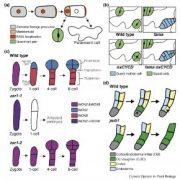
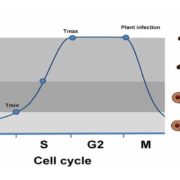
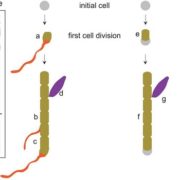
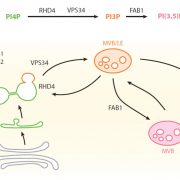
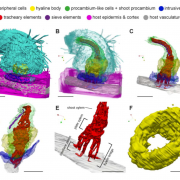


Leave a Reply
Want to join the discussion?Feel free to contribute!